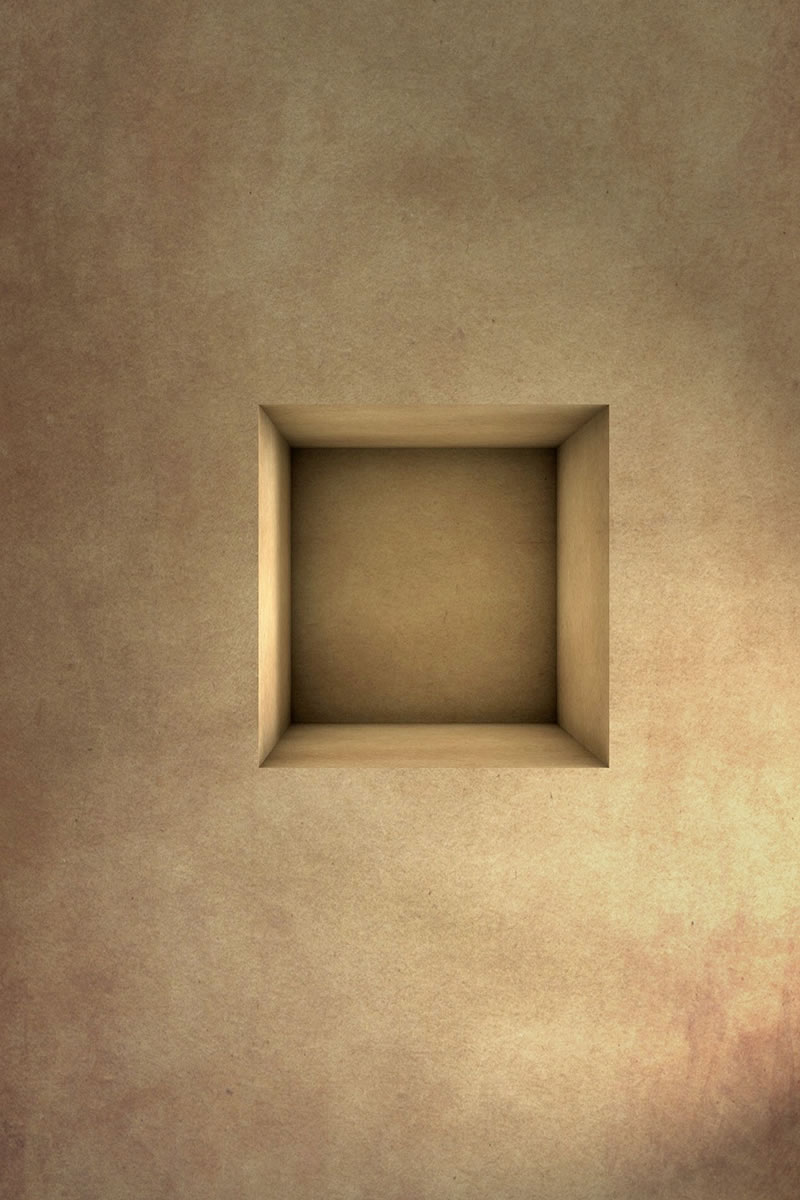
Website design could be compared to cooking a fancy meal, with the website designer acting as the master chef. Just as a well cooked meal requires ingredients and presentation to become enticing, a good web designer uses his presentation skills to make the web page inviting.
As for ingredients - well, you need more than just text to tempt visitors to sample your site and here we'll talk a little on website content types worth considering for your web pages.
Successful web design is all about mixing and matching various types of content on a website. Here are 7 varieties of content that can be used on various web pages to make them better.
1. RegularText
There's no substitute for good ole textual content to draw visitors to your website. The hallmark of good website design is to create textual content that is:
- interesting
- well written
- created by well-regarded sources - credible
- relevant to where it is posted
- is keyword-rich
- divided into sections with appropriate sub headings
Depending on the nature of your website, although other forms of content might play a key role in drawing visitors, text-based content almost always helps in making them stick around. Text is also the main source of interest for Google and you need to write with Google in mind as well as your target audience.
2. Photos And Graphics
A picture does paint a thousand words. Often, a website designer, who must present text, numerical data and statistical information as part of the web page design, will turn to graphics and photos to make the content more appealing to website visitors.
As the title suggests, this type of content uses a wide range of media: photos, icons, graphics, animated gifs and any type of material you'd like presented as an image. The idea is to present the topic through minimal use of words with perhaps some matching charts, graphs and photo content. You can tell a story well by just using an image gallery where the website visitor clicks on the left and right arrows to be informed on a particular topic in a step by step manner.
3. Video content
When required, web design strategy should also include video content to make it worth your visitors while. For instance, if you run a website that caters exclusively to "do it yourself" projects, then providing still images accompanied by loads of text-based tips and techniques might be a good idea.
However, by adding step-by-step video content your website will be able to appeal to a much broader audience, including those who are new to the DIY world, as well as those that learn by looking and not by reading. People also like the lazy route sometimes when consuming web content and if there is a choice between a page of text to read and a video to watch they will choose the video.
4. eBooks/Guides/Manuals
Increasingly, eBooks, Guides and Manuals are fast becoming a standard by which a high-quality website is measured. These types of content are:
- simple to produce
- easy to distribute
- great to establish your site as a Subject Matter Expert on the topic
- simple for end users to pass on to their friends and colleagues
- full of your branding opportunities so it's a great marketing exercise
The website can also have a form that will entice visitors to register with the site and offer up their personal information (e-mail, name, phone number etc.). This material can then be used for future targeted marketing after they have received their 'FREE Guide'.
5. Pod Casts
Nothing convinces visitors of the authenticity of a website than when they hear and see someone they respect/trust speaking directly to them. A savvy website owner can whip up a pod cast using nothing but a web cam with a good quality microphone. Don't forget to:
- focus on quality - both voice and video
- sound authentic and sincere when delivering the message
- be organised with a sheet reminding you of what topics to cover
- keep it short and interesting
As part of the web design process, include appropriate transcripts of the pod cast, or other textual content, that visitors can review. If you plan on doing regular live pod casts, make sure you publicise the dates, timings and locations well in advance. Make sure your web designer creates a repository of previous pod casts for you so that visitors can go back and refer to older podcasts.
6. Blog Posts
Increasingly, website design is starting to include blog posts as part of the overall website experience. While visitors may find "normal" website content too sales-oriented, or too technical or excessively informative, Blog Posts are a great way to add that personal touch to the website.
Blog Posts are also a great way to add the voice of outsiders to your website, for instance by having regular guest bloggers talk about their experiences and make recommendations. If your website can incorporate it as part of the design feature, blogging can also be an excellent way to engage your audience through comments and feedback boxes. An engaged visitor is much more likely to be a repeat visitor, and repeat visitors are easier to "convert" than occasional browsers.
7. Website Forum
In a growing number of websites now you find a forum and you will know yourself if one could add to the user experience on your website. A properly setup forum will be easy to search and have topics arrangement in categories. If you participate in the forum then the forum is a great place for a new customer to get an insight into how you would deal with a potential new client – are they helpful? are they persistent in finding solutions? are they quick to find solutions? Once your forum gets established and known it can be 'the' place for any questions regarding your industry sector and that's excellent for new sales lead generation.
Think About Your Customer – What Do They Need On Your Site?
Like the treasured recipe for that perfect dish, good website content is all about finding the right balance of material – and you may find that most pages on your site need a different mix of content types. Using too much or too little of anything can reduce the user experience so think long and hard about what the customer needs to find on each page to be able to make a buying decision in your favour.
While other aspects of your website design, colour schemes, themes and backgrounds, icons and buttons etc. might be crucial to success, your web designer will be the first to admit that content is king and variety in that content is essential.







